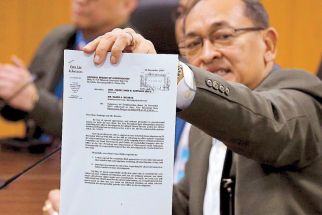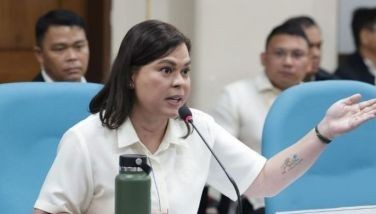We learned that the Department of Social Welfare and Development (DSWD) has started to distribute family access cards that will give priority to low-income families to buy cheap government-subsidized rice. Marikina City was the first to benefit since they were the first city to complete the requirements of DSWD for the distribution of family access cards. This means that a family of five can buy up to two kilos of rice per day while a family of more than five can buy up to four kilos. The distribution of the cards will be strictly based on the master list of urban families drawn by local government units as residents in their respective jurisdictions. Hence, those who are not registered and transfer from place to place are bound to be excluded. The idea of issuing the family access cards channels more benefits to low-income families, at the same time preventing hoarders from taking advantage of the rice crisis. However, those who were not given the family access cards in Marikina but are also low-income families are suddenly cut off from being able to buy cheaper rice. We hope the DSWD will also come up with a scheme whereby those poor families who are not in the master list can also continue to access cheaper rice. Just imagine if the same thing happens to all the cities nationwide, then the thousands who will not be able to buy cheaper rice benefits because they are not in the master lists of LGUs will completely negate the benefits for the poor of implementing the use of the access cards. The government, through the NFA, continues to sell rice at P18.25 per kilogram for identified depressed areas and P25 per kilogram in accredited outlets. On the other hand, commercial rice varieties are sold at P40 to P48 per kilogram.
We acknowledge government efforts to make the staple food available at lower prices. Through the Department of Agriculture, it is working towards an adequate and stable supply for all, at least for the next five years. But in doing so, the government must keep in mind that our population has grown, although the lowest annual population growth rate of 2.04 has been charted for the period 2000-2007. Based on NSO statistics as of August 2007, our total population now stands at 88.57 million of which only about 26 percent belong to the average and upper middle class and only 4 percent belong to the wealthy and elite. The lower middle class comprises 26 percent while the poor comprises from 40 percent to 42 percent of total population.
NSO further projects a 1.95 percent annual population growth rate until 2010, meaning population will have reached 93.85 million two years from now. Of this number, we do hope that the number of poor people will not increase, if not lessened, with optimism that the present efforts of government to reach out to them will yield positive results.
Former US President Franklin D. Roosevelt referred to the poor as the forgotten ones at the bottom of the economic pyramid. May we not be found guilty of committing this mistake. Uplifting those in hunger and poverty must be prioritized. The LGUs must not only include registered low-income families. It must be determined where they are in the archipelago. They must seek and reach out to those who have no power even to speak up and become known. Only when they are fully identified can we rationalize the distribution of available resources for everyone’s benefit.
Let us put the kapamilya concept back to good use.





























